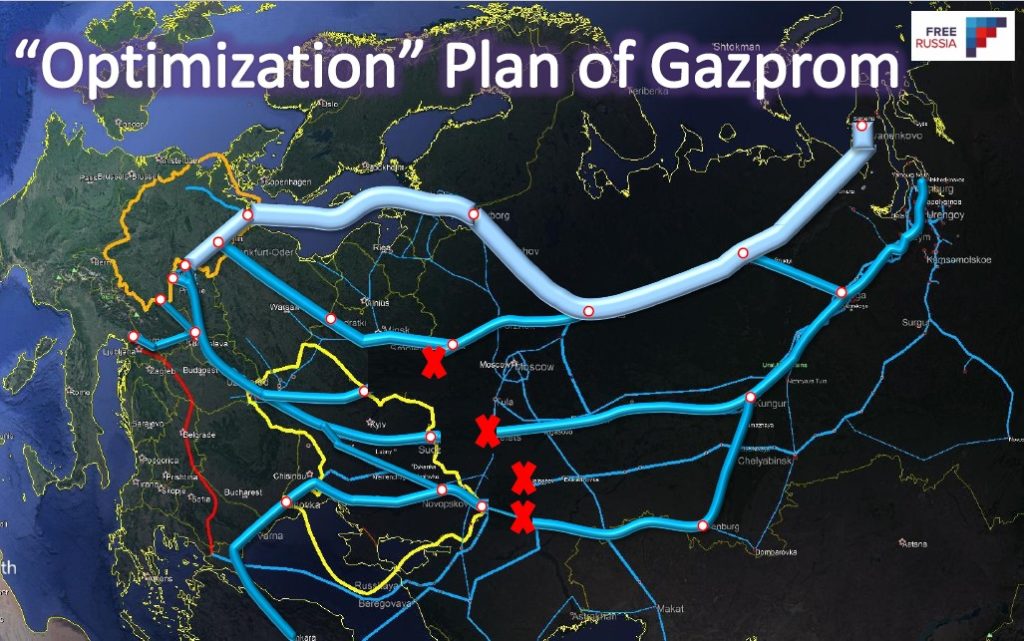It will reshape the security architecture of Europe making it more vulnerable.
Apart from the purely economic negative effects, disruption of the existing infrastructure in Europe is likely to bring about negative security implications for the EU. NS2 will create throughput congestion in existing pipelines from Germany to Central and Eastern Europe and significantly increases the risk that the project could be used to separate markets and exercise market power in Central and Eastern Europe, Southeastern Europe, and even Italy. There are estimates that an additional pipeline capacity of up to 100 billion cubic meters per year would need to be built from Germany in eastward direction if Russia kills/marginalizes Ukrainian transit.
Who will pay for it? Gazprom will be happy to come in with its money, offering murky bilateral deals to affected countries if they want to receive adequate gas supply.
NS2 supporters argue that the new pipeline will not affect existing export routes and will only bring diversification of supply. What is astonishing in that thinking is that it ignores that Putin’s regime has been obsessed with by-passing Ukraine at any cost for years.
Should NS2 be built, lacking any need for the Ukrainian gas transit system, Russia will lose an important incentive to avoid further escalation of its military aggression against Ukraine and its hybrid war with Europe and the United States.

Source: East European Gas Analysis
Coalition of pro-democracy Russians urges the West to take Kremlin’s plan to not just by-pass Ukraine but to kill transit route through that country with the most serious consideration.
The plan foresees the liquidation of over 95% of the total pipeline capacity at the Russian-Ukrainian border. Current capacity exceeds 240 billion cubic meters a year (bcma), and Gazprom plans to reduce it to 10-15 bcma. This plan provides for the decommissioning of almost 4,300 kilometers of single-string trunklines and 62 compressors in the transit corridor towards Ukraine. The plan confirms that NS2 is not about diversification and security of supply but about the elimination of Ukrainian transit.
Finally, NS2 is a bad plan in terms of security simply because it is an offshore pipeline with a huge concentration of physical gas volumes in one place. By concentrating nearly 110 billion cubic meters or around 60% of Russian gas supplies to the EU, the Nord Stream 1 and Nord Stream 2 pipelines will become infrastructure of strategic importance. In the past Russia has used pretexts of accidents to default on its contractual obligations for political and economic reasons (as was the case with the unexplained explosion of Turkmen pipeline to Russia in 2009).
For plausible deniability Russia could, for example, use the WW2 mines abundant on the Baltic seabed as a pretext. In 2009, when allegedly caught transporting anti-ballistic equipment to Iran via the Baltic Sea, Russia, for example, absurdly claimed that its ship was hijacked by pirates near Sweden. Finally, recent drone attack on Saudi oil processing facilities should be a lesson about a growing risk of terrorist attack on oil and gas pipelines. A remotely operated underwater vehicle can easily place an explosive device on Nord Stream pipelines that are laying on the sea floor. Replacing a section of Nord Stream 1 and 2 can take several months as opposed to days with the existing onshore pipelines via Ukraine.





